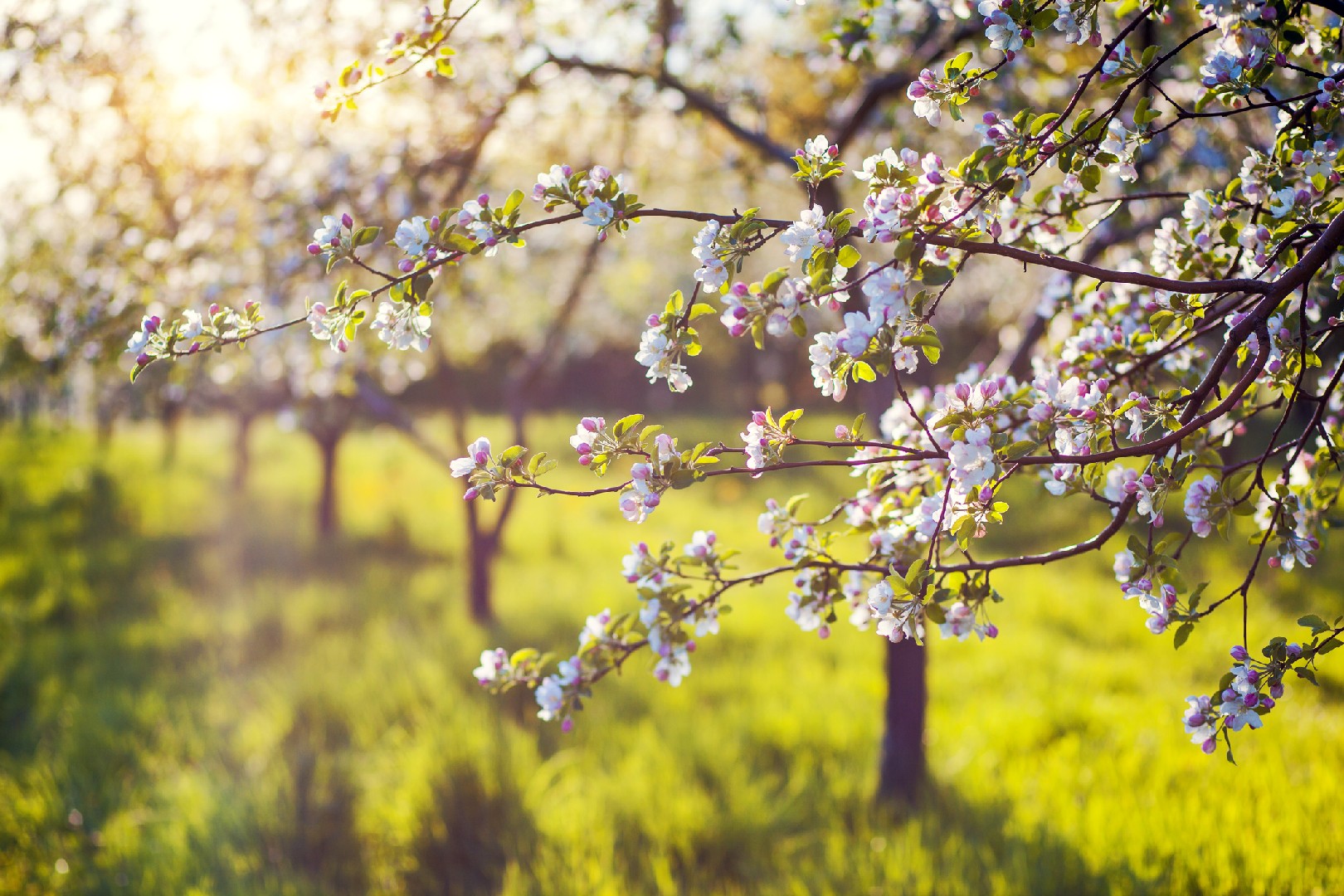![Rectangle]()
Caring for Your Blossom-Focused Spring Garden
Caring for your blossom-focused spring garden is crucial to ensure a vibrant and thriving display of blooms. By following these essential bloom maintenance tips, understanding the needs of spring blossoms, and ensuring a healthy blossoming season, you can create a stunning flower-filled oasis in your own backyard.
One of the most important aspects of caring for your blossom-focused spring garden is proper watering. Spring blossoms, like many flowers, require consistent watering to maintain their vibrant colors and lush petals. It is best to water them deeply and regularly, ensuring that the soil remains moist but not overly saturated. To determine if your flowers need water, simply stick your finger into the soil up to your second knuckle. If it feels dry at that depth, it's time to water.
In addition to watering, spring blossoms also benefit from regular feeding. Providing them with the right nutrients will promote healthy growth and abundant blooms. Consider using a balanced, slow-release fertilizer to give your flowers a steady supply of essential nutrients. Apply the fertilizer according to the instructions on the packaging, taking care not to over-fertilize, as this can lead to excessive foliage growth at the expense of blooms.
Another important aspect of caring for your blossom-focused spring garden is protecting your flowers from pests and diseases. Spring is a time when many pests and diseases are most active, so it's important to be vigilant. Regularly inspect your plants for any signs of damage or infestation, such as chewed leaves, sticky residue, or wilting. If you spot any issues, take action immediately to prevent further damage. This can include using organic pest control methods, like handpicking insects, or applying horticultural oils and soaps.
Understanding the specific needs of your spring blossoms is also crucial for their care. Different flowers have different requirements when it comes to sunlight, soil pH, and temperature. Take the time to research the specific needs of the flowers in your garden and provide them with the optimal conditions. This may include planting in the right location, amending the soil if needed, or providing shade during hot afternoons.
Ensuring a healthy blossoming season also involves proper pruning and deadheading. Pruning helps remove dead or damaged parts of the plant, promoting new growth and preventing the spread of diseases. Deadheading, on the other hand, involves removing spent flowers to encourage the plant to produce more blooms. Regularly pruning and deadheading your spring blossoms will not only keep them looking neat and tidy but also prolong the blooming period.
By following these essential bloom maintenance tips, understanding the needs of spring blossoms, and ensuring a healthy blossoming season, you can create a flourishing garden filled with vibrant blooms. Remember to provide proper watering and feeding, protect your flowers from pests and diseases, understand their specific needs, and practice regular pruning and deadheading. With these practices in place, your blossom-focused spring garden will be a sight to behold, bringing joy and beauty to your outdoor space.





